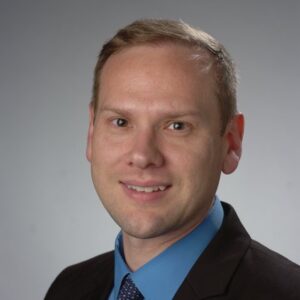Jonathan Preston, Syracuse University – Speech Disorders in Children
 Helping children with speech disorders starts with their tongue.
Helping children with speech disorders starts with their tongue.
Jonathan Preston, associate professor in the department of communication sciences and disorders at Syracuse University, looks into the mouth to find out how treat these afflictions.
Dr. Jonathan Preston directs the Speech Production Laboratory. He is a certified speech-language pathologist whose research involves assessment and treatment of speech sound disorders, including persisting articulation difficulties and childhood apraxia of speech. He has done work on the neurobiological basis of speech sound disorders in children.
Speech Disorders in Children
It can be difficult to understand some children with speech disorders when they talk. Speech disorders can have an impact on educational, social, and emotional development, and some speech disorders can persist into middle school, high school, and beyond.
Research on the most effective treatments for speech disorders can inform how to achieve the best outcomes for these children. We have been investigating a novel approach to treating speech disorders in school-age children using ultrasound imaging of the tongue. An ultrasound is held beneath the chin to show the shape and movement of the tongue in real time. The tongue images help children to visually recognize correct and incorrect movements of the mouth. For example, the R sound is a common sound in error for many English-speaking children with speech disorders. The tongue movements for R can be quite complex and difficult to explain to children. However, ultrasound images of the tongue can help children to recognize what they are doing wrong so they can change their tongue movements and produce the sound more clearly.
We have published a series of studies reporting outcomes from almost 100 children with speech disorders and we have found that even children who have been in speech therapy for many years can respond to this approach. For example, in a recent small-scale study, we found that a speech therapy program that included ultrasound imaging of the tongue resulted in better outcomes than a speech therapy program which did not include visual feedback.
Ultrasound visual feedback has been shown to help treat speech errors on many sounds, including R, L, S, and SH. And it has also been shown to help school-age children who have apraxia of speech. Two clinical trials are ongoing in our lab to further study this approach.


